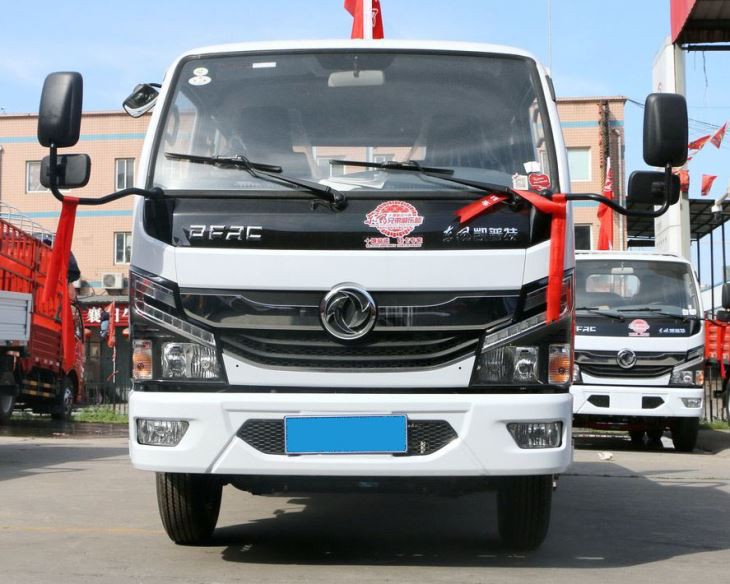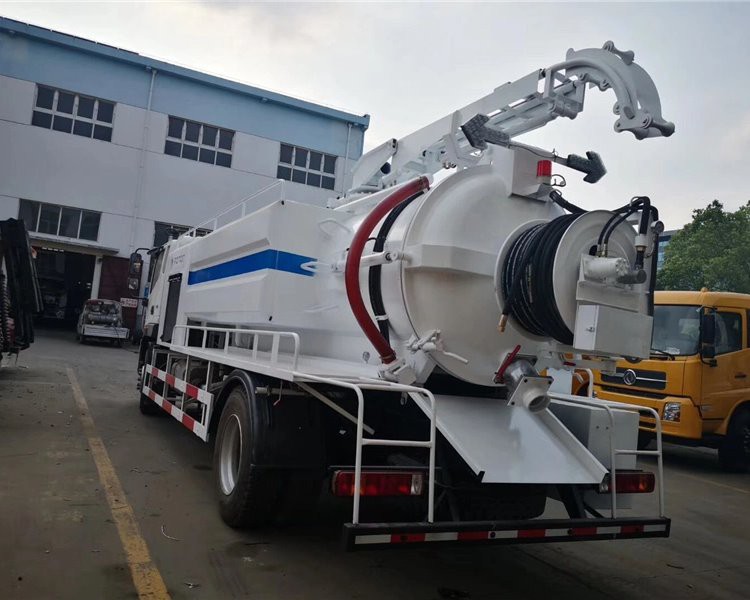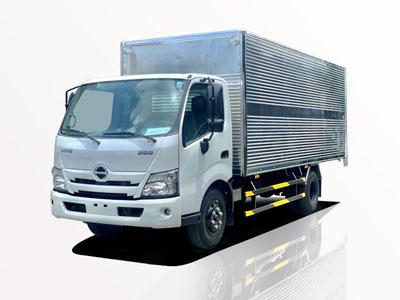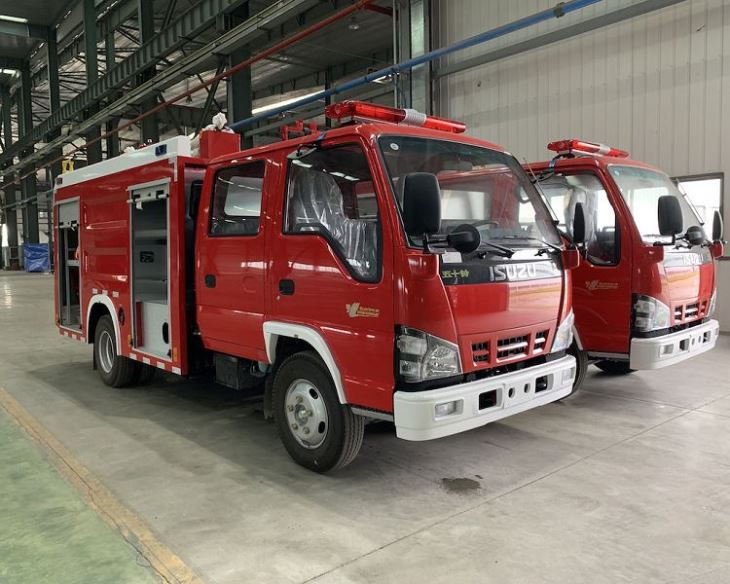Fuel tanker volume is a critical factor in the transportation of fuel, impacting logistics, safety, and economics. In this article, we will explore various aspects of fuel tanker volume, its significance in the oil and gas industry, regulations governing it, and practical examples to guide you in understanding this essential topic.
What is Fuel Tanker Volume?
Fuel tanker volume refers to the capacity of a tanker to transport a specified volume of fuel, usually measured in gallons or liters. This volume is crucial for determining the efficiency of fuel distribution, cost-effectiveness, and compliance with regulatory standards.
Types of Fuel Tankers
Fuel tankers come in various shapes and sizes, tailored to different transportation needs. The primary types include:
- Road Tankers: Used for transporting fuels over road networks.
- Rail Tankers: Used for long-distance transport via railway systems.
- Marine Tankers: Specialized vessels for transporting fuel across oceans.
- Storage Tankers: Employed for temporary storage at refineries or distribution points.
Capacity Measurement Units
Fuel tanker volume is often measured in different units depending on the country and industry standards. The most common units include:
| Unit | Equivalent Volume |
|---|---|
| Gallon (US) | 3.785 liters |
| Liter | 0.264 gallons (US) |
| Cubic Meter (m³) | 264.172 gallons (US) |
The Importance of Fuel Tanker Volume in Logistics
The volume of a fuel tanker significantly affects logistics management. Various factors are impacted by tanker volume, including transportation costs, delivery efficiency, and inventory management.
Calculating Fuel Requirements
Accurate calculations regarding fuel tanker volume are vital for efficient operations. Consider the following formula for estimating fuel requirements:
| Parameter | Formula |
|---|---|
| Required Fuel | Fuel Consumption Rate × Distance / Tanker Volume |
For example, if a vehicle consumes 10 liters/100 km and the distance to be traveled is 500 km, the required fuel will be:
(10/100) × 500 = 50 liters
Cost Analysis
Understanding fuel tanker volume aids businesses in cost analysis by allowing them to determine how much fuel can be transported in a single trip. This can lead to improved budgeting and financial planning.
Example of Cost Analysis
If a fuel tanker’s volume is 20,000 liters and the price per liter is $1.25, the total potential revenue per full trip would be:
20,000 liters × $1.25 = $25,000
This calculation helps businesses evaluate if the transportation costs outweigh the revenue potential.
Regulatory Standards and Compliance
Fuel tanker volume is subject to various regulations and standards that govern safety and environmental protection. Understanding these regulations is crucial for operators.
International Regulations
There are several international bodies that set standards for fuel tanker operations, including:
- International Maritime Organization (IMO): Sets regulations for marine tankers.
- International Organization for Standardization (ISO): Develops quality standards for fuel and oil transport.
Local and National Regulations
Local governments may have additional regulations that dictate the maximum volume of fuel that can be transported, ensuring road safety and environmental protection.
Safety Considerations in Fuel Transport
Transportation of fuel is inherently risky. Understanding fuel tanker volume plays a role in mitigating these risks through proper safety protocols.
Maximum Load Considerations
Every tanker has a maximum load capacity based on its volume. Overloading can lead to:
- Increased likelihood of accidents.
- Higher emissions due to less efficient transporting.
- Legal penalties and fines.
Safety Measures
To enhance safety during fuel transportation, operators should implement the following measures:
- Regular maintenance and inspection of fuel tanks.
- Training for drivers and operators on safety protocols.
- Ensuring compliance with local and international regulations.
Practical Tips for Operators of Fuel Tankers
For operators, understanding and optimizing fuel tanker volume can lead to better operational effectiveness. Here are some practical tips:
1. Regularly Monitor Volume
Implement a system for regularly checking and recording the volume of fuel in the tanker. This can help in preventing overloading or running out of fuel mid-transport.
2. Optimize Routes
Use route optimization software to ensure the most efficient paths are taken, reducing travel time and fuel consumption.
3. Implement Fuel Management Systems
Consider installing fuel management systems that can monitor usage, detect leaks, and provide data on fuel efficiency.
Environmental Considerations of Fuel Transport
With increasing global attention to environmental issues, understanding fuel tanker volume is essential for reducing environmental impacts.
Reducing Emissions
Transporting the appropriate volume of fuel contributes to minimizing emissions. For instance, ensuring tankers are not overloaded helps in maintaining lower emissions per transported liter of fuel.
Alternative Fuels and Innovations
The industry is evolving with the introduction of alternative fuels. Operators should research fuel types that offer lower environmental impacts while considering volume and logistics.
Future Trends in Fuel Tanker Volume Management
The logistics of fuel transport are continually adapting to technological advancements and regulatory changes. Key areas of focus for the future include:
1. Automation in Fuel Transport
Companies are investing in automated vehicles and drones for transporting fuel, which could potentially optimize tanker volume efficiency and safety.
2. Data Analytics
Leveraging data analytics can help optimize routes, manage fuel usage effectively, and minimize waste during transport.
3. Digitalization
Digital platforms are emerging for better tracking of fuel volumes, movements, and compliance documentation. Embracing technology can enhance operational efficiency.
FAQ: Common Questions About Fuel Tanker Volume
What does fuel tanker volume determine in logistics?
Fuel tanker volume determines how much product can be transported in a single trip, affecting cost calculations, transportation efficiency, and overall logistics planning.
Are there different standards for fuel tanker measurements?
Yes, different countries may use various measurement units, such as gallons, liters, or cubic meters, to define fuel tanker volume.
What safety regulations should fuel tanker operators follow?
Operators must comply with both international and local regulations regarding tanker capacity, safety measures, and environmental protection protocols.
How can I optimize the fuel efficiency of my tanker operations?
Regular monitoring of tanker volume, optimizing routes, and using fuel management systems can significantly improve fuel efficiency and reduce operational costs.
What are the environmental impacts of fuel trucking?
Fuel trucking contributes to greenhouse gas emissions and potential spills. Adhering to regulations and technologies aimed at decreasing emissions is essential for minimizing environmental impact.
What advancements are being made in the fuel transport industry?
The future of fuel transport will likely see increased automation, data utilization for route optimization, and the adoption of alternative fuels to enhance efficiency and minimize environmental impact.



